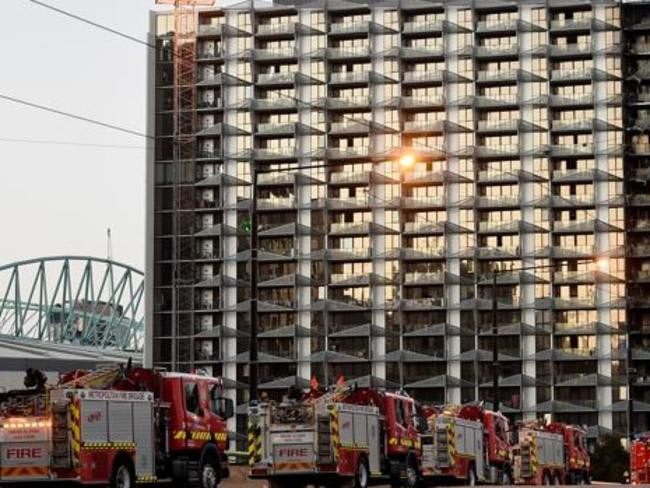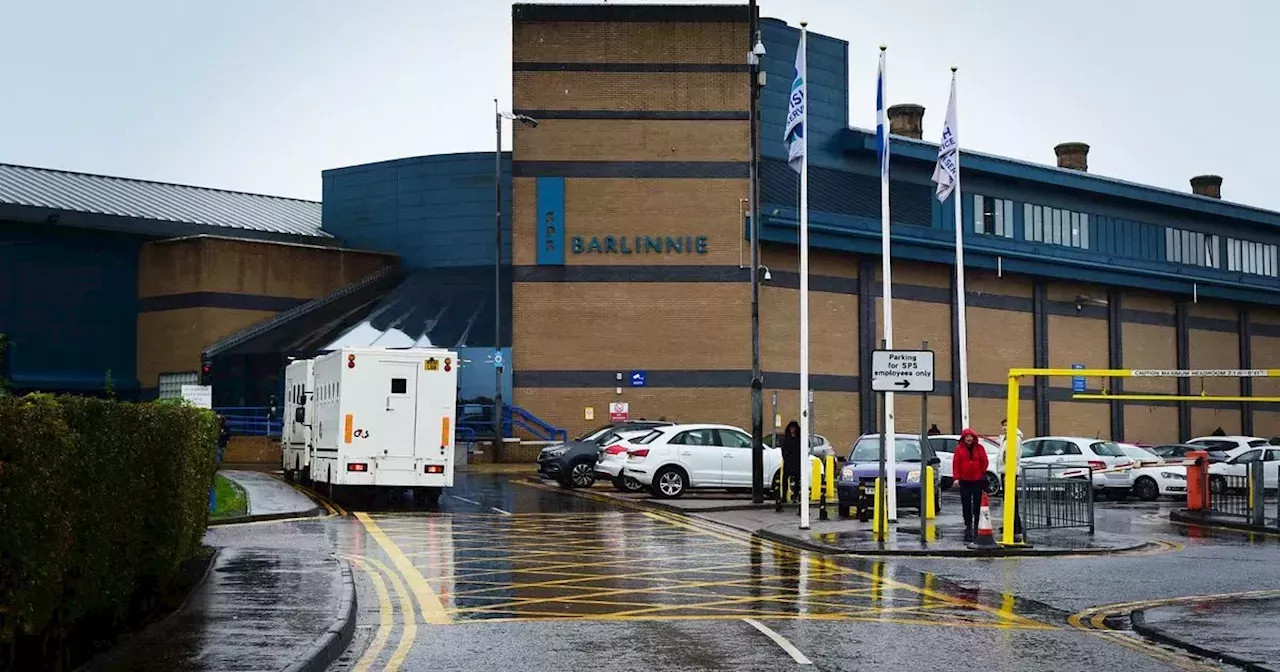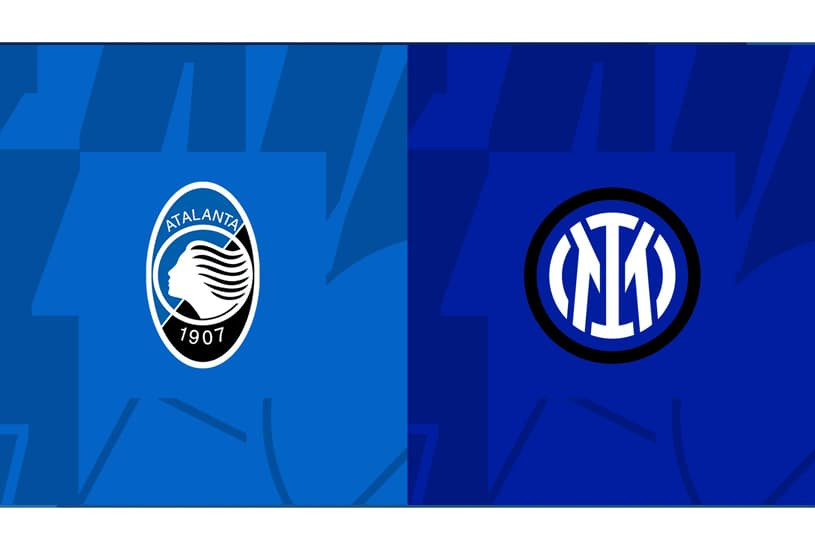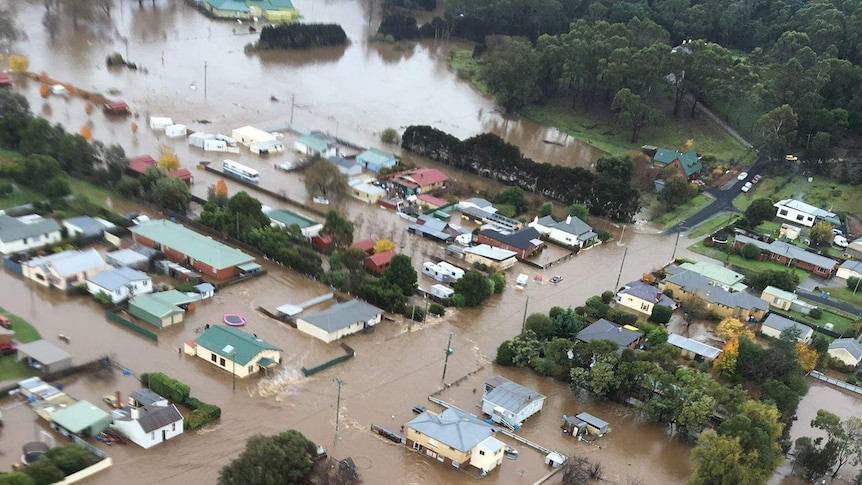A local authority knew that cladding on an area of a building that caught fire last week was similar to that which contributed to the Grenfell Tower disaster. Nearly 300 people were evacuated from Mosaic Apartments in High Street, Slough, on Thursday 22 August. The cladding was aluminium composite material (ACM) panels with a polyethylene core, which allowed the fire to spread at Grenfell Tower.
Slough Borough Council has now said it became aware of the cladding in July this year, after the government asked it to investigate. A council spokesperson said: “We had recently been informed of the presence of potentially flammable cladding and had made some initial interventions in the last few weeks to establish the facts and consider next steps.”
The authority said it received a letter from the Ministry of Housing, Communities and Local Government (MHCLG) in July requesting asking for information about Mosaic Apartments. The spokesperson said the letter raised “the potential for dangerous cladding being on the building”. It added that the government had also sent a similar letter to Royal Berkshire Fire and Rescue Service.
Council and fire service officials then visited the building to discuss safety works, including the cladding. Wallace Estates, the company that owns the building, admitted that flammable cladding was attached to “an isolated area”, but denies that it is responsible for fire safety defects.
“The building has lots of different external wall types, some but not all need remediating but we’re working with experts and the developer to ensure the safety of the building,” the firm said. “Remediation of the cladding system has been under review with the original developer, and this was a project the freeholder was and is working on remediating.”
A spokesperson for the company said leaseholders had been made aware, and that the building had a fire safety assessment that considered the panels to be a “tolerable risk”. They added: “Wallace is and has always followed the recommendations of third-party fire safety experts.
“We are continuing to work with Durkan, the original developer, as well as other party consultants to ensure the building is made safe as quickly as possible.”
Giles Grover, from the End Our Cladding Scandal campaign, said building owners should take responsibility. He said: “Whilst the Government and industry are directly to blame for causing the building safety crisis, the law now says that building owners with a net wealth of over £2m per relevant building should pay. “Wallace has confirmed that it meets the net wealth threshold so, as far as we are concerned, Wallace should pay to fix all their buildings.”
It comes after Royal Berkshire Fire and Rescue Service (RBFRS) said the building’s management company had added “additional interim fire safety measures” to the building, following the blaze. This included providing extra staff to continually patrol the building which has also adapted “a simultaneous evacuation strategy” until remediation works are complete.
Investigating the Cause
The fire broke out on the top floor of Mosaic Apartments on August 22. It is believed to have started in a flat, though the cause of the fire remains under investigation. This investigation is being carried out by Royal Berkshire Fire and Rescue Service (RBFRS) and the fire authority. However, the presence of flammable cladding on the building has raised serious concerns about building safety and the potential for a wider fire hazard.
Who is Responsible?
The presence of flammable cladding on the building has led to questions about who is responsible for the safety of Mosaic Apartments. The government has acknowledged its role in the building safety crisis, but the responsibility for the cladding on the building has been passed back and forth between the building owner, the developer, and the management company. It’s a complex issue, and the responsibility for the cladding is not as clear-cut as it may seem.
The building owner, Wallace Estates, has admitted that flammable cladding was attached to “an isolated area” of the building. However, the company has denied responsibility for fire safety defects, suggesting that the developer, Durkan, should be held accountable. The developer has yet to comment publicly on the situation.
The management company, Simarc, is responsible for the building’s fire safety measures. However, the RBFRS has confirmed that the legal responsibility for the fire safety measures within the building lies with the building’s management company, PBM.
A Wake-Up Call
The fire at Mosaic Apartments is a stark reminder of the dangers posed by flammable cladding. The incident has raised concerns about the effectiveness of building safety regulations and the speed of response from authorities to ensure safe buildings. The government has been under pressure to address the cladding crisis since the Grenfell Tower fire in 2017, with many building owners still refusing to remove dangerous cladding from their buildings. The recent fire in Slough adds further urgency to the situation.
The local authority, in this instance, has taken the initiative by working with the fire service to inspect buildings and take the necessary steps to ensure safety. However, the incident has highlighted the challenges faced by authorities in ensuring that buildings are safe and that residents are protected. The situation at Mosaic Apartments highlights a wider, national issue that needs to be addressed urgently.
The Need for Action
The recent fire in Slough is a stark reminder of the ongoing cladding crisis and its impact on the lives of residents across the country. A range of actions are necessary to address the situation. The government must work with building owners, developers, and local authorities to ensure that dangerous cladding is removed from all buildings in a timely manner. This requires clear guidance, financial support for building owners, and increased enforcement measures.
This incident also serves as a reminder of the need for clear and robust building safety regulations. The government must review existing regulations and implement measures to prevent similar incidents from happening in the future. The current safety regulations have been deemed insufficient, and urgent action is needed to ensure that residents are safe.
A Call for Transparency
The fire at Mosaic Apartments has raised concerns about the transparency of communication between authorities, building owners, and residents. The government and building owners must be more transparent about the presence of flammable cladding and the steps being taken to address the issue. Residents must be informed of the risks and the actions being taken to mitigate them. This requires a more proactive approach to communication, involving residents in decision-making processes, and providing regular updates on progress. The recent events in Slough are a catalyst for a much needed conversation about building safety, transparency, and public accountability.
Lessons Learned
The fire at Mosaic Apartments has served as a stark reminder of the ongoing dangers posed by flammable cladding. The situation highlights the urgent need for action to be taken to address the cladding crisis and ensure the safety of residents in high-rise buildings. This includes a renewed focus on building safety regulations, the importance of transparency in communication, and the need for a collaborative approach between the government, building owners, and local authorities. Only by working together can we prevent future tragedies and ensure that residents are safe in their homes.

















